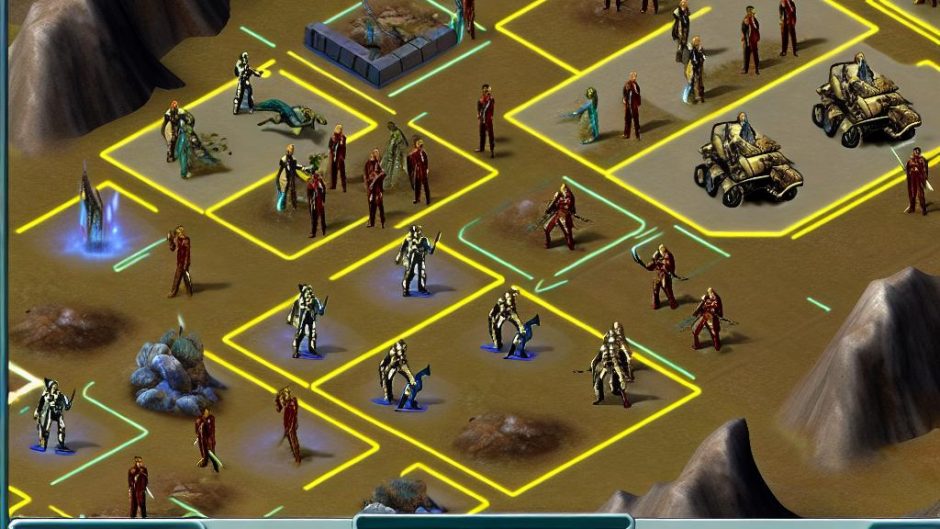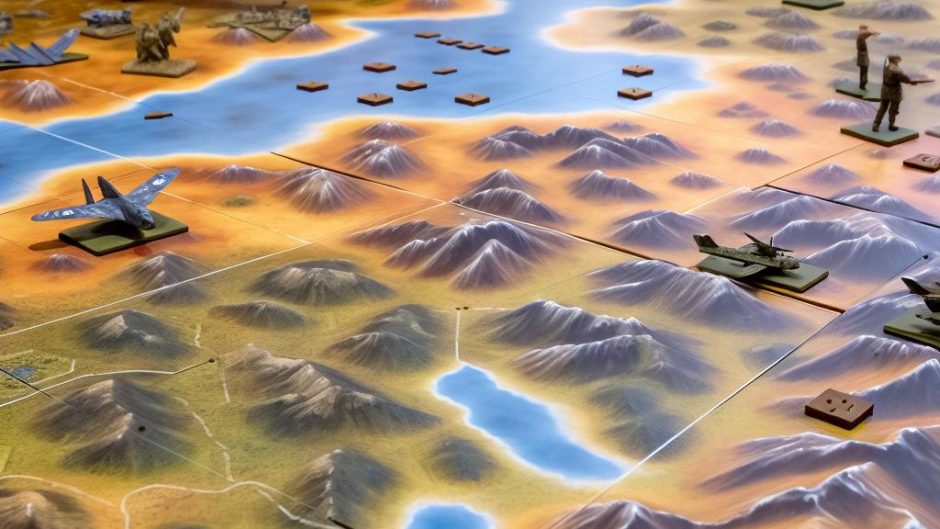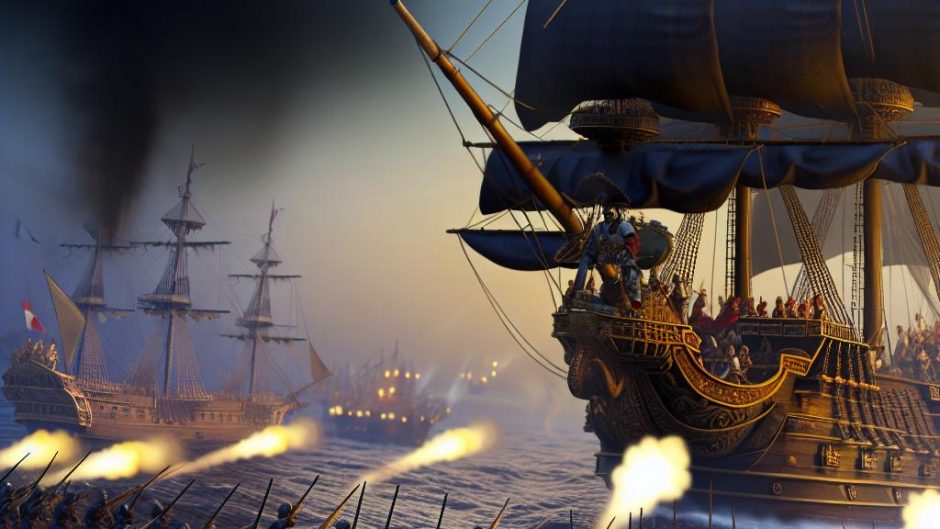Understanding Propaganda Structures
In the contemporary landscape of information dissemination, understanding the mechanisms of propaganda is increasingly critical. Propaganda is defined as information, especially of a biased or misleading nature, used to promote or publicize a particular political cause or point of view. Its application spans various sectors, historically significant in politics and advertising, and extends to many domains where shaping public opinion is crucial.
The Role of Messaging
Central to effective propaganda is the artful structuring of messages. These messages are crafted to resonate deeply with the target audience, engaging them on a psychological level which in turn triggers specific emotions and responses. This psychological engagement is paramount, as it’s through emotional response that acceptance is most effectively gained.
Repetition is a cornerstone tactic, reinforcing messages to become ingrained in the memory of the audience. Repeated exposure to a particular message increases familiarity, which often translates to higher acceptance. Alongside repetition, simplicity is equally important. By stripping down a message to its core elements, it becomes easily digestible and memorable. The simpler a message, the broader its reach across diverse audience demographics with varying levels of understanding.
Symbolism and Imagery
The significant role of symbolism and imagery cannot be understated in the context of propaganda. Symbols and images serve as potent tools to convey complex messages swiftly and succinctly. For example, the use of national flags, mascots, or even specific color schemes can instantly evoke a deep sense of identity or national pride. Such imagery is often culturally rooted, anchoring the propaganda more firmly within the audience’s cultural frame of reference.
Moreover, imagery can transcend language barriers, communicating universally understood messages and emotions instantly. This universality allows for impactful transmission of ideas across different linguistic and cultural realms, facilitating the spread and acceptance of propaganda.
Testimonials and Endorsements
Testimonials and endorsements are adeptly used strategies within the domain of propaganda. By leveraging testimonials from respected individuals or public figures, the credibility of a propaganda message can be significantly enhanced. The endorsement by these figures, owing to their perceived authority and trustworthiness, often leads their followers to embrace the endorsed views or products.
This reliance on authority is grounded in psychological principles of influence, whereby people tend to follow those they consider as experts or reputable. The perceived validation through endorsements plays on existing societal structures of trust, making this technique notably effective.
Addressing Counter-Arguments
An often-employed tactic in propaganda involves preemptively addressing and refuting potential counter-arguments. This anticipatory approach in message delivery serves to prevent the audience from questioning the credibility of the propaganda’s core premise. By integrating counter-arguments within the narrative, a seemingly exhaustive explanation is provided, thereby reducing the chance for dissent or skepticism.
This technique operates by creating an appearance of thoroughness that seems to leave no room for doubt. It fosters a narrative completeness that seeks to present the propagated message as the most logical and comprehensive viewpoint available. As a result, audiences may feel discouraged from seeking alternative perspectives or questioning the information provided.
In conclusion, understanding the structures and strategic components underlying propaganda provides a valuable insight into how messages are explicitly crafted to influence public opinion. By dissecting these elements, individuals can develop a keener sense of discernment, better equipped to assess the intentions and validity behind the information they encounter. For those interested in delving deeper into the study of propaganda, a range of academic journals and expert publications offer comprehensive analyses and theoretical perspectives essential for further exploration. Exploring academic literature or engaging with content from established experts in media analysis provides an invaluable opportunity to enhance one’s understanding of these complex mechanisms.












Recent Comments